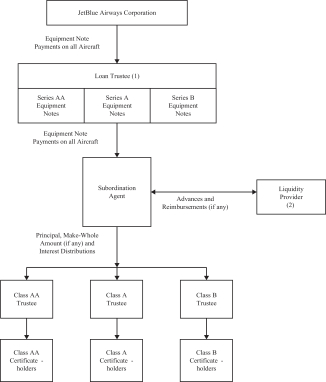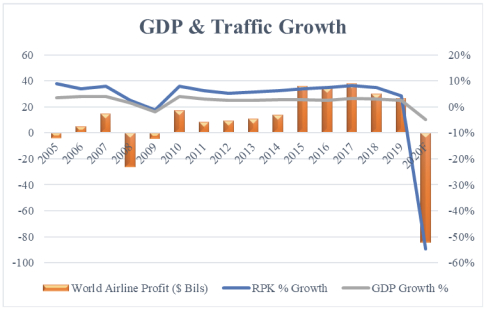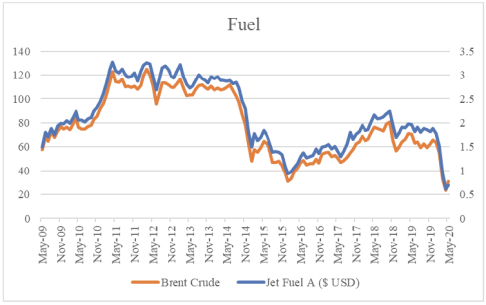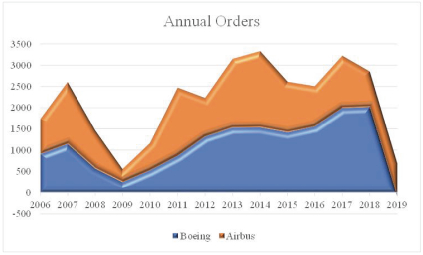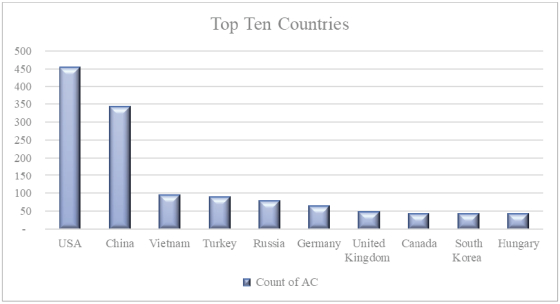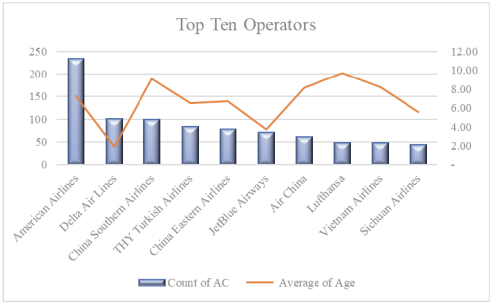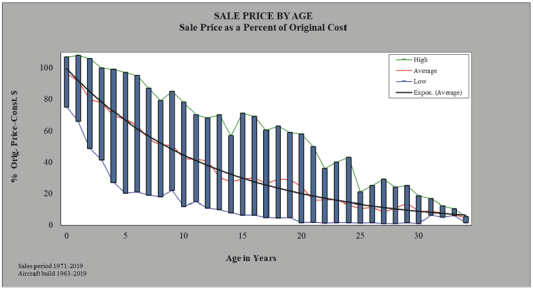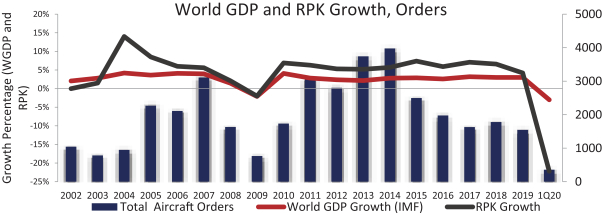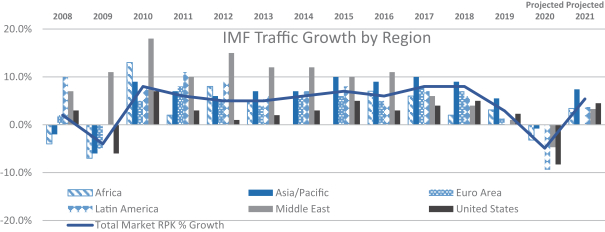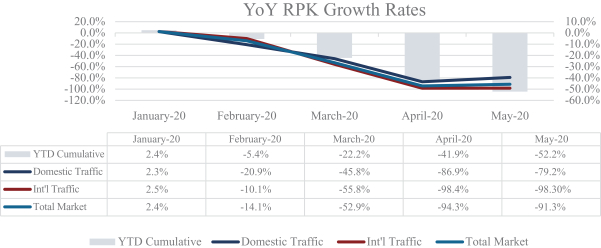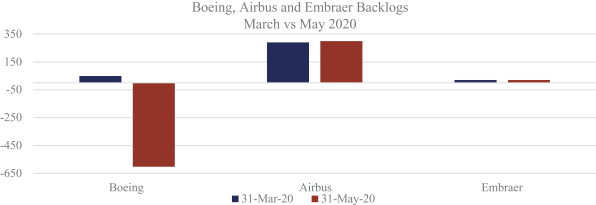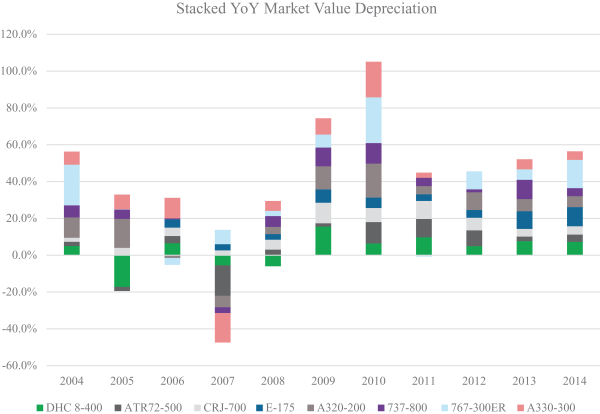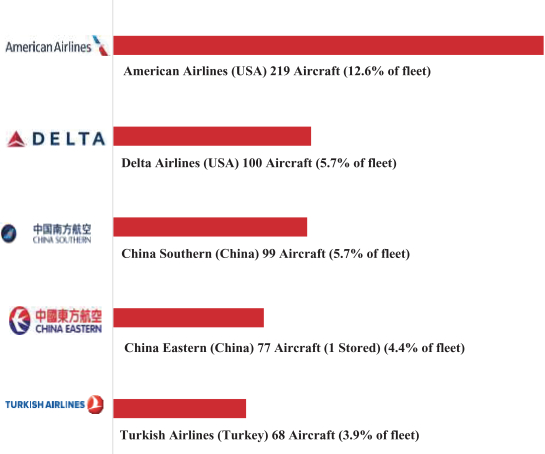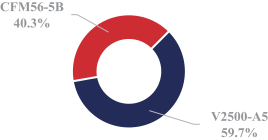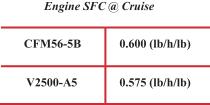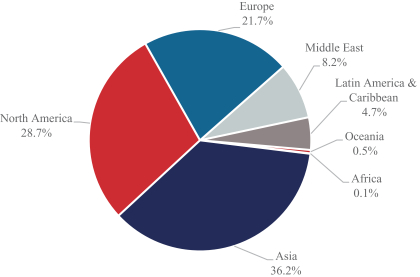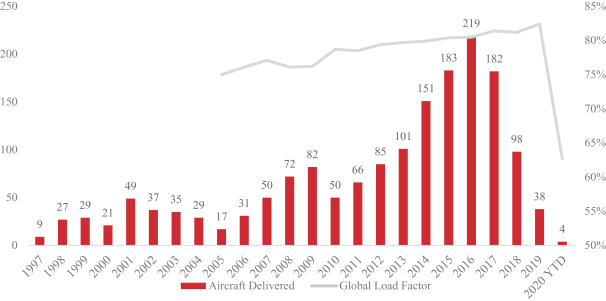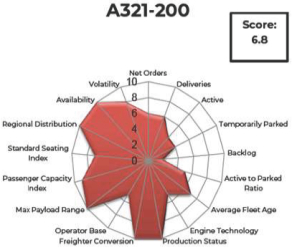Filed Pursuant to Rule 424(b)(5)
Registration No. 333-230007
The information in this preliminary prospectus supplement and the accompanying prospectus is not complete and may be changed. This preliminary prospectus supplement and the accompanying prospectus are not an offer to sell these securities and we are not soliciting an offer to buy these securities in any jurisdiction where the offer or sale is not permitted.
SUBJECT TO COMPLETION, DATED AUGUST 13, 2020
PRELIMINARY PROSPECTUS SUPPLEMENT
(To Prospectus Dated March 1, 2019)
$115,584,000

2019-1B Pass Through Trust
Pass Through Certificates, Series 2019-1B
JetBlue Airways Corporation (“JetBlue”) is creating a pass through trust, which will issue JetBlue Airways Class B Pass Through Certificates, Series 2019-1. The Class B Certificates are being offered pursuant to this prospectus supplement. Subject to the distribution provisions described herein, the Class B Certificates will rank generally junior to the JetBlue Airways Class AA Pass Through Certificates, Series 2019-1 and the JetBlue Airways Class A Pass Through Certificates, Series 2019-1. The Class AA Certificates and the Class A Certificates were each, and the Class B Certificates will be, issued by separate trusts. The Class AA Certificates and the Class A Certificates were originally issued on November 12, 2019 and are not being offered pursuant to this prospectus supplement.
Each Class B Certificate will represent an interest in the assets of the related pass through trust. The proceeds from the sale of the Class B Certificates will be used by such pass through trust on the date of issuance of the Class B Certificates to acquire the related series of equipment notes to be issued by JetBlue on a full recourse basis. Payments on the equipment notes held in such pass through trust will be passed through to the Certificateholders of such trust. Distributions on the Class B Certificates will be subject to certain subordination provisions described herein. The Class B Certificates do not represent interests in, or obligations of, JetBlue or any of its affiliates.
The equipment notes to be held by the pass through trust for the Class B Certificates will be issued to finance twenty-five Airbus A321-231 aircraft, each delivered new to JetBlue from February 2017 to December 2018. The equipment notes held by the pass through trust for the Class AA Certificates and the Class A Certificates also have been issued for each such aircraft. The equipment notes issued for each aircraft will be secured by a security interest in such aircraft. Interest on the issued and outstanding equipment notes to be held by the pass through trust for the Class B Certificates will be payable semiannually on May 15 and November 15 of each year, commencing on November 15, 2020, and principal on such equipment notes is scheduled for payment on May 15 and November 15 of each year, commencing on November 15, 2020.
Crédit Agricole Corporate and Investment Bank, acting through its New York Branch, will provide a liquidity facility for the Class B Certificates in an amount sufficient to make three semiannual interest distributions on the outstanding balance of the Class B Certificates.
The Class B Certificates will not be listed on any national securities exchange.
Investing in the Class B Certificates involves risks. See “Risk Factors” beginning on page S-20.
Neither the Securities and Exchange Commission nor any state securities commission has approved or disapproved of these securities or determined if this prospectus supplement or the accompanying prospectus is truthful or complete. Any representation to the contrary is a criminal offense.
| Pass Through Certificates |
Aggregate |
Interest |
Final Expected |
Price
to |
||||||||||||
| Class B |
$115,584,000 | % | November 15, 2027 | 100 | % | |||||||||||
| (1) | Plus accrued interest, if any, from the date of issuance. |
The underwriters will purchase all of the Class B Certificates if any are purchased. The aggregate proceeds from the sale of the Class B Certificates will be $115,584,000. JetBlue will pay the underwriters a commission of $ . Delivery of the Certificates in book-entry form will be made on or about , 2020 against payment in immediately available funds.
Sole Structuring Agent and Lead Bookrunner
Morgan Stanley
Bookrunner
| Credit Agricole Securities |
The date of this prospectus supplement is , 2020.
